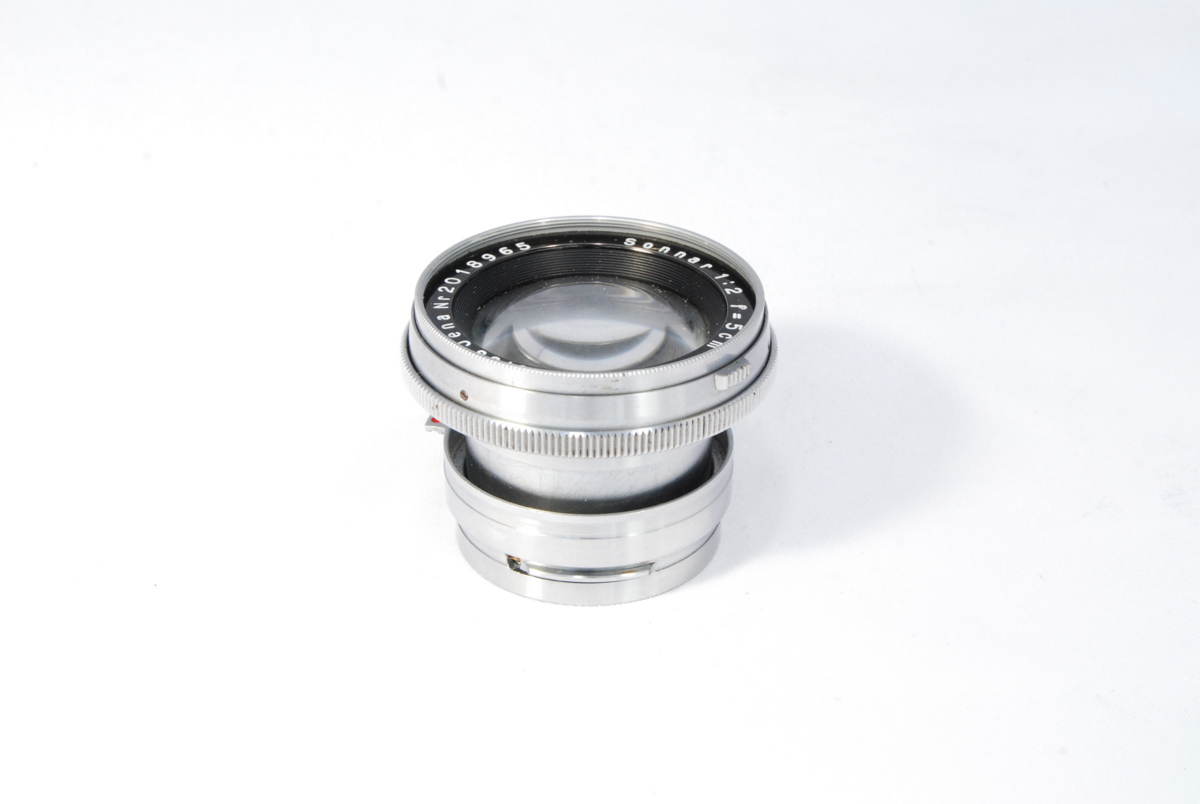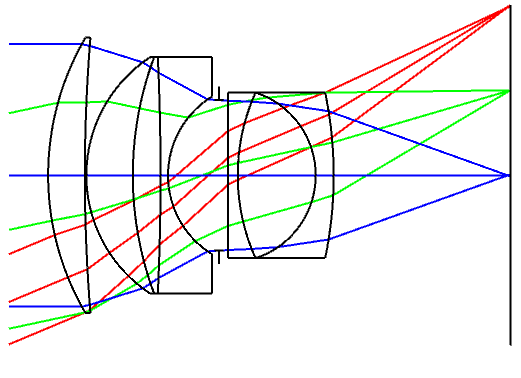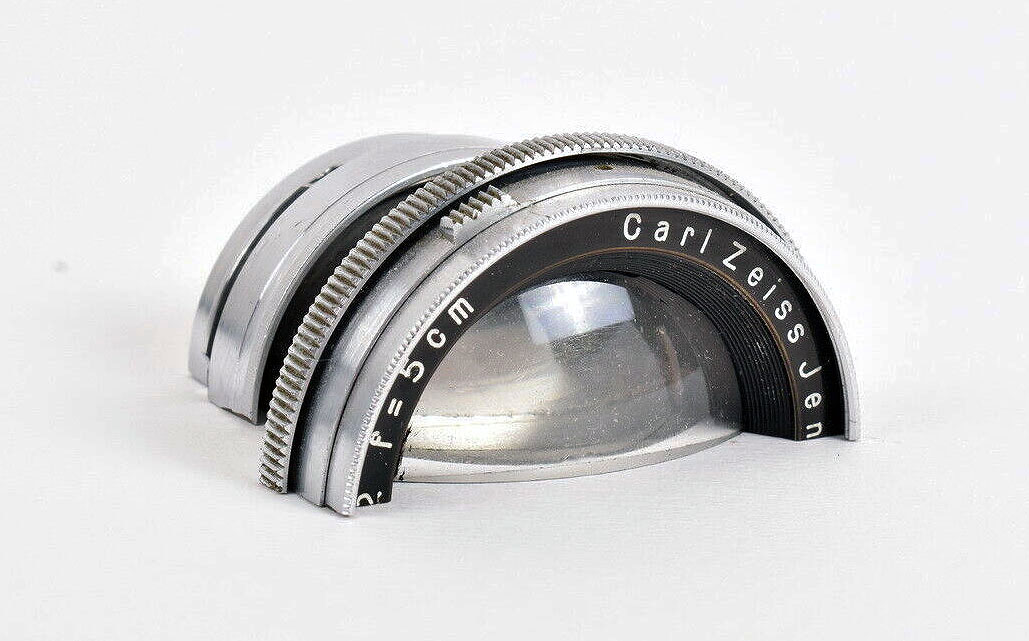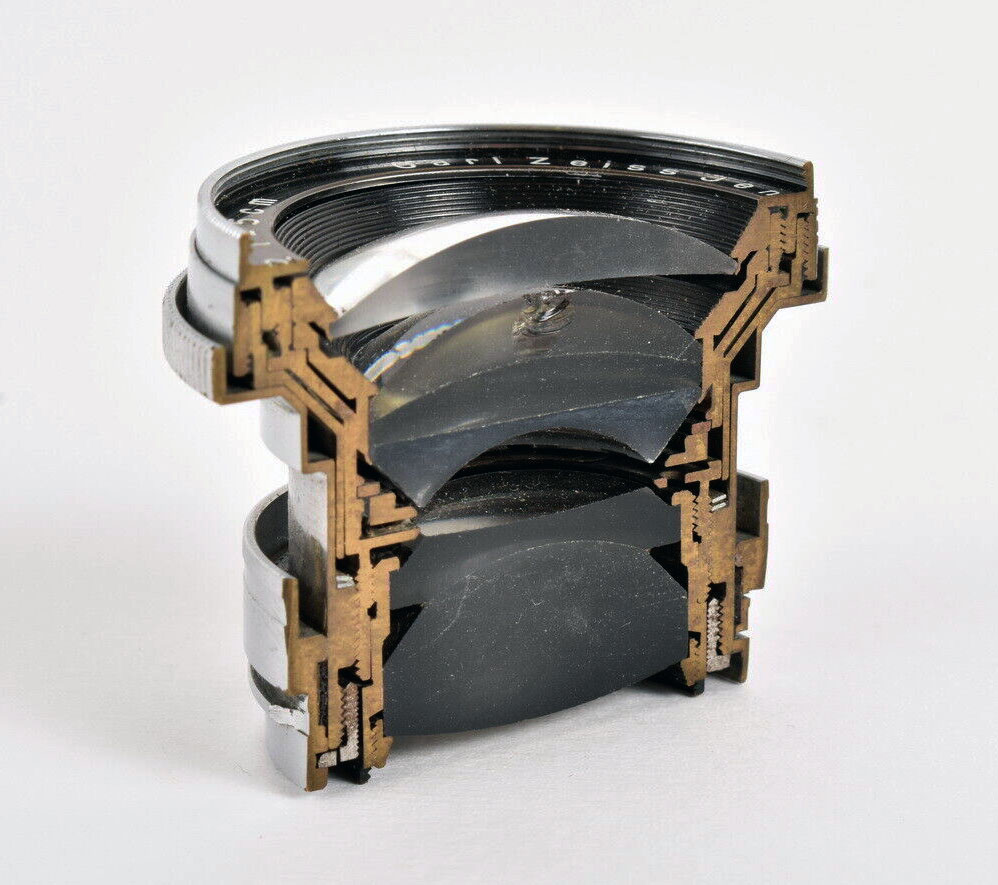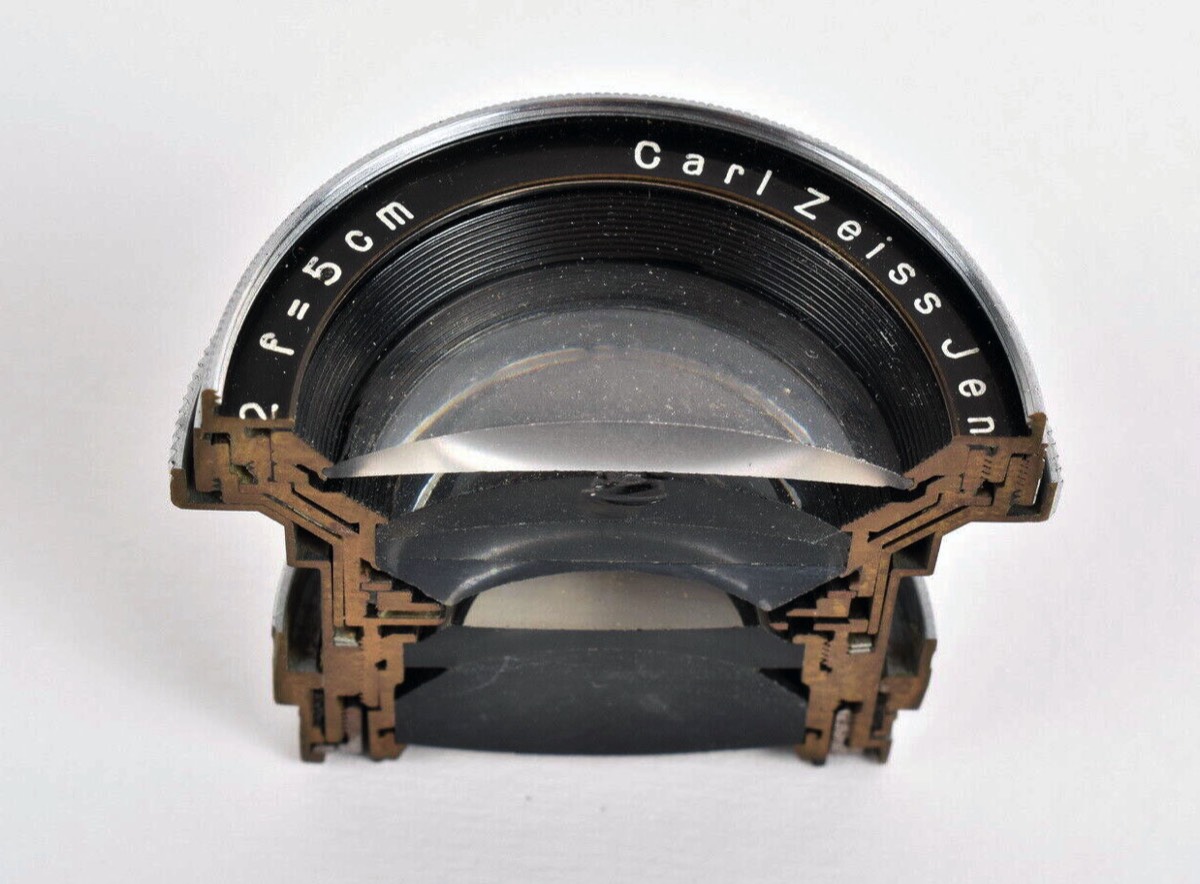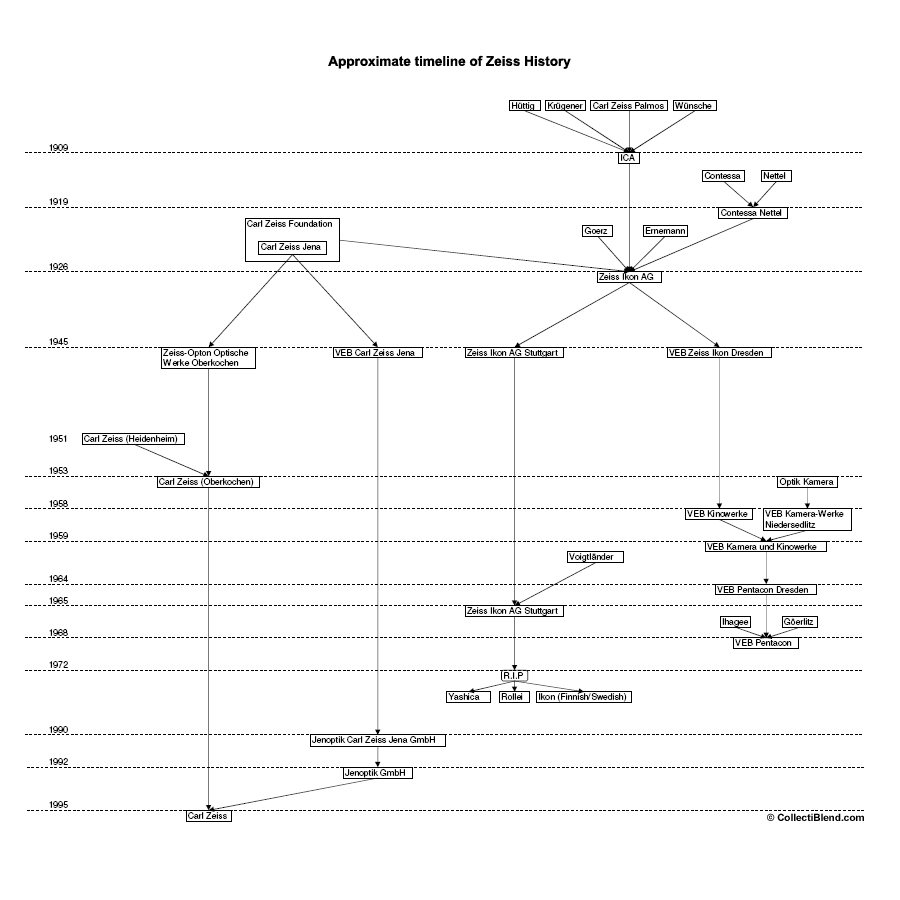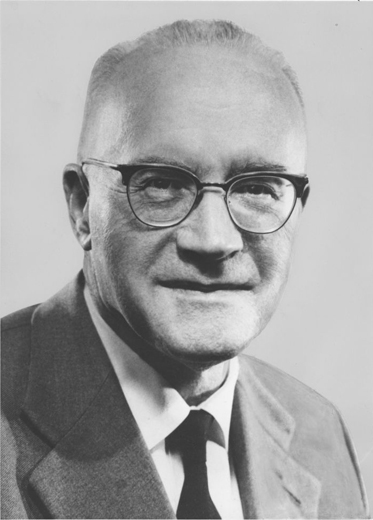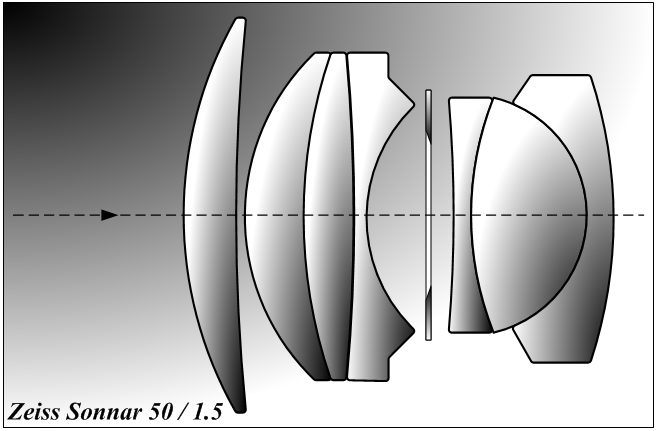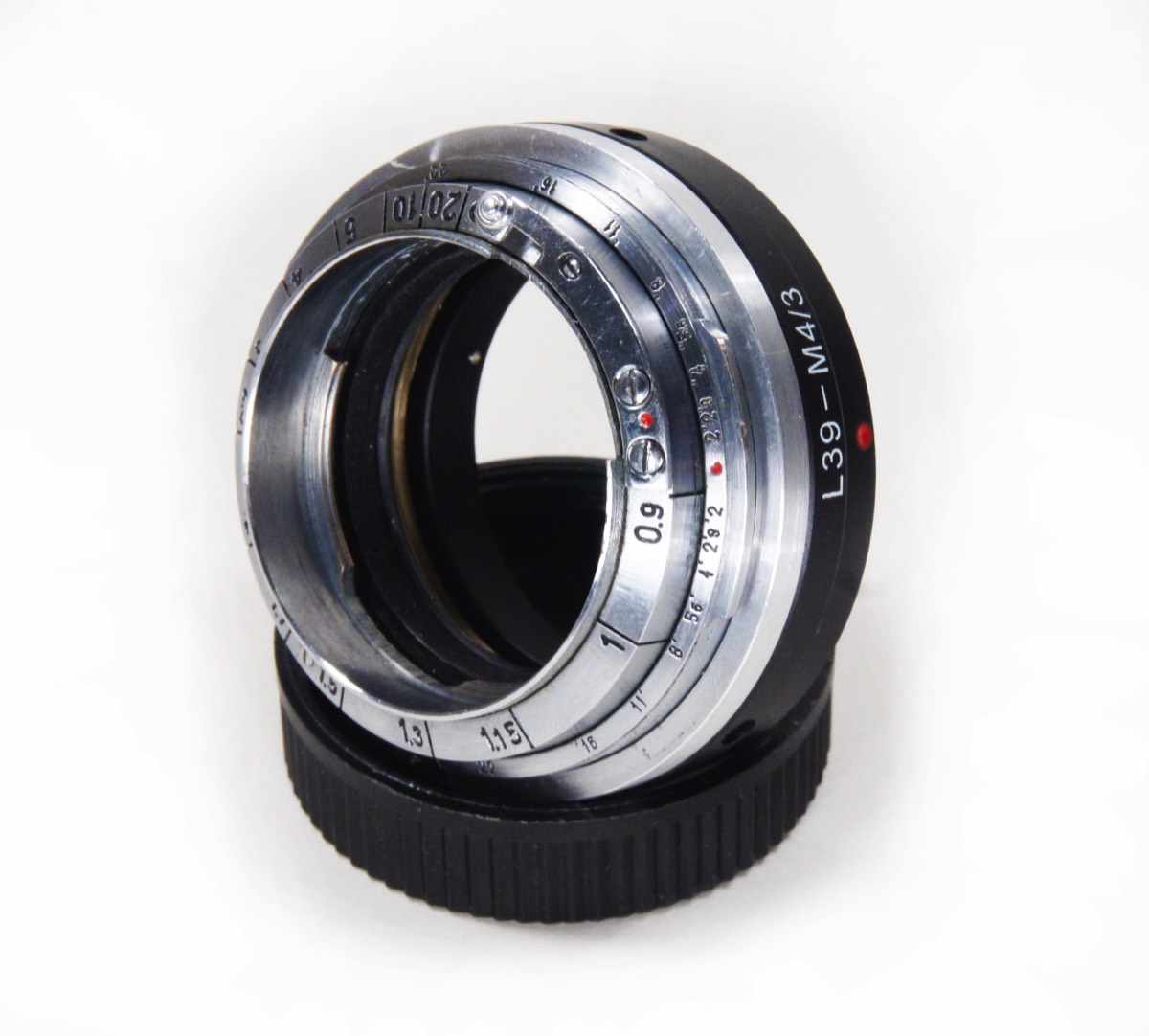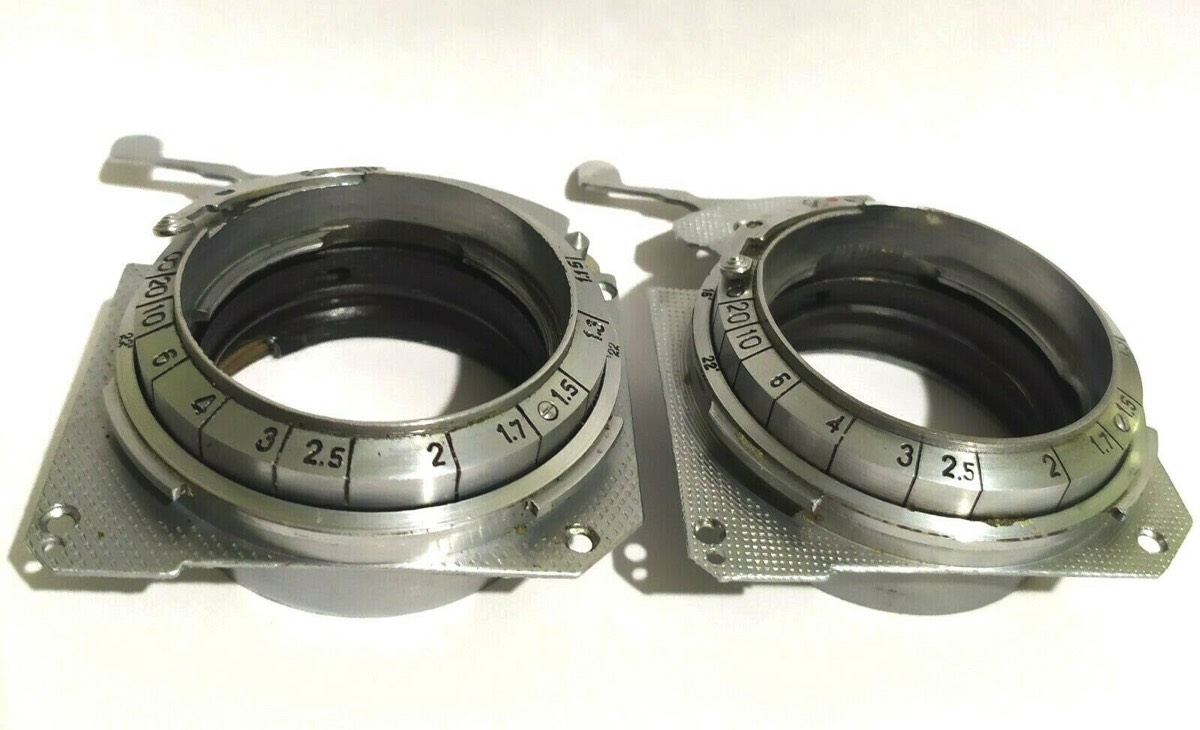The Lens details of a series of images taken by Steve Cushing on mirrorless camera.
Fitting is a duel bayonet Rangefinder (RF) mount with a 34.85mm
Flange Distance - this lens will fit and achieve focus to infinity mirrorless cameras but not DSLRs.
History
Carl Zeiss was born in Weimar on 11 September 1816. He built microscopes in Jena from 1846 onward.
The correct way to pronounce "Jenna" is to make it sound like "Yenna" in English.
The history of Zeiss mirrors German history and all of its highs and lows. It was founded as a business in 1846. World War I, the global financial crisis and World War II were years of ups and downs.
Carl Zeiss Jena had become a Social-Democratic bulwark. From 1933 and through World War II Carl Zeiss supported the Nazi regime as did most major German industries. About 1937 the atmosphere at Dresden changed (something was coming) and civilian projects were put on low priority, and military items, such as gunsights, bombsights, etc were being pushed. The prototypes were kept in the lower (second) basement level and all further work was done by the devoted staff on their own time, usually during the lunch periods.
When World War II began in September 1939 there was an air of invincibility in Germany, and in keeping with traditional practice, Zeiss products proudly borne the makers trademark and city of origin of the product. Forced foreign labourers (Fremdarbeiter) were brought to work at Carl Zeiss Jena manufacturing facilities.
Hubert Merwin was Director of the design department of Zeiss-Ikon Dresden from 1932-1945 and Zeiss-Ikon Stuttgart from 1945-1949. When Mr. Nerwin joined Zeiss, the first CONTAX camera (later designated as Contax I) was already in production. Zeiss made numerous improvements in the camera design many of them affecting the external appearance. The camerastore-owners complained to Zeiss Ikon, that the frequent changes harmed the sales. Mr. Nerwin estimated, that during the course of two years, there were design changes (external and/or internal) about every three months; naturally, some of those changes were minute, and not necessarily discernible by the dealer/customer. In 1933 it was decreed, that no more external changes should be made on the Contax I. All the improved concepts being developed, were to be incorporated in the forthcoming CONTAX II, then on the design boards.
This explains the various Contax I versions, while the Contax II and the subsequently released Contax III, seemed to be completely uniform in appearance. Actually, the Contax II and III also contained internal changes—but by decree, none of these changes were to be detectable by the dealer/customer, judging external appearance.

